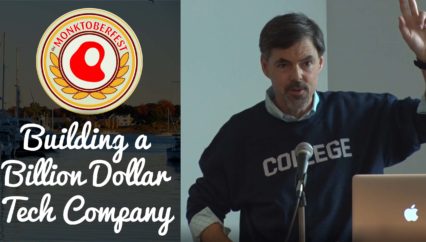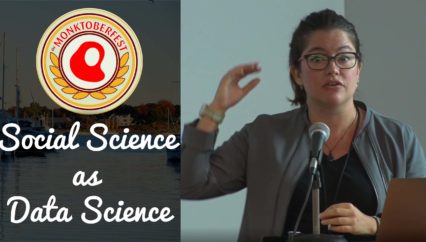In October, the US Supreme Court heard oral arguments in Gill v. Whitford, a case that Justice Ruth Bader Ginsburg said may be the most important case the Court will consider all year. Gill is the fourth time in history that the Court wades into the “political thicket” of partisan gerrymandering — a practice that most experts agree has been getting progressively worse in the last few decades. There are many possible reasons, but certainly, a key role is played by technology: sophisticated GIS and big data have made gerrymandering both more effective and easier to conceal. But there is also a growing movement to use mathematics, computer science, and technology to detect and fight partisan gerrymandering. In this Monktoberfest talk, Mira Bernstein described some of these efforts and talked about the work of a Boston-based group of mathematicians, the Metric Geometry and Gerrymandering Group, in this arena.
Gerrymandering: The Role of Technology | Mira Bernstein | Monktoberfest 2017
Share via Twitter Share via Facebook Share via Linkedin Share via Reddit
Get more video from Redmonk, Subscribe!









